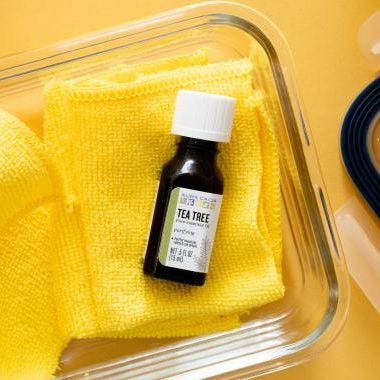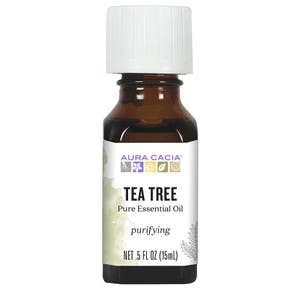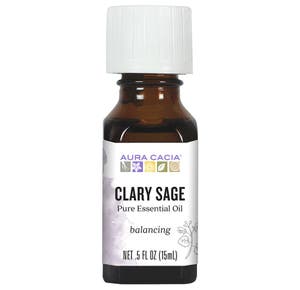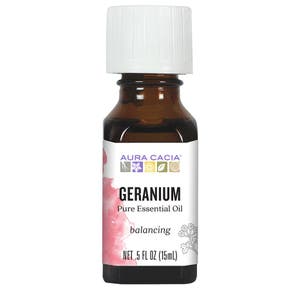Meet tea tree!
There aren't too many people who haven't heard of either tea tree, or its botanical name, melaleuca. It's well known for its ability to purify and cleanse, making it a number one choice for home cleaning. The essential oil is distilled from the leaves of the tea tree plant, and has a spicy, nutmeg and eucalyptus like aroma.
What does tea tree look like?
Tea Tree or Melaleuca alternifolia is a small tree to about 20 ft tall with a bushy crown and whitish, papery bark. The leaves are arranged alternately, sometimes scattered. The leaves are smooth, soft, linear in shaped.
The leaves of different tea tree species were used to make teas, compresses, and poultices for wounds and skin issues, and they were highly valued by the Aborigines. Although one main melaleuca species is widely recognized as tea tree, there are hundreds of aromatic shrubs in the tea tree family that all produce essential oils from their leaves.
The two common genuses of tea tree are Melaleuca and Leptospermum. They are somewhat similar in look and essential oil applications, and they generally have a significant aroma.
There are 350 species within these two genuses, although only a dozen or so are used commercially. Other tea trees include Lavender tea tree, honey tea tree, cajeput, niaouli, MQV, and the common tea tree.
Where does it come from?
Native to Australia, the tea tree (or ti tree) shrubs were discovered in 1770 by Captain James Cook of the British Royal Navy.
Aura Cacia Tea Tree Essential Oil is native to Australia and New Zealand. It has evolved through careful cultivation to maximize its many benefits, resulting in an essential oil that is highly effective and easy to use. New South Wales is the tea tree capital of the world, at least for Melaleuca alternifolia. Tea tree has been cultivated in this region for nearly 40 years, and they've developed more productive varieties and cultivation methods. Tea tree likes to keep its feet wet. It's planted in bottomlands near rivers or creeks where flooding is common. This land is often of poor use for other crops that can't handle a flood, but tea tree adapts easily. Although it's a tree, the commercial fields keep plants at about five feet in height. They are harvested to the ground once per year, then distilled immediately.
How do I use it? Which do I choose?
Revered as an aroma that has purification power, tea tree oil is one of the main essential oils used in cleansing applications. From counter sprays to toilet cleaners, tea tree oil is a must-have in the home.
Tea tree is also used in a variety of skin care applications. It's a main component in salves and balms, foot care blends, purifying and detoxifying masks, and skin-protecting gels and sprays. It's also used in scalp and hair recipes.
There are more than 350 species of tea tree in the world. Besides tea tree (Melaleuca alternifolia), there are two other tea tree varieties that Aura Cacia offers: lemon tea tree (Leptospermum petersonii) and manuka (Leptospermum scoparium).
You know, we make a great pair.
Clary sage, geranium, and marjoram sweeten tea tree's aroma, and spice oils like nutmeg and cinnamon increase its warm, woody notes.










